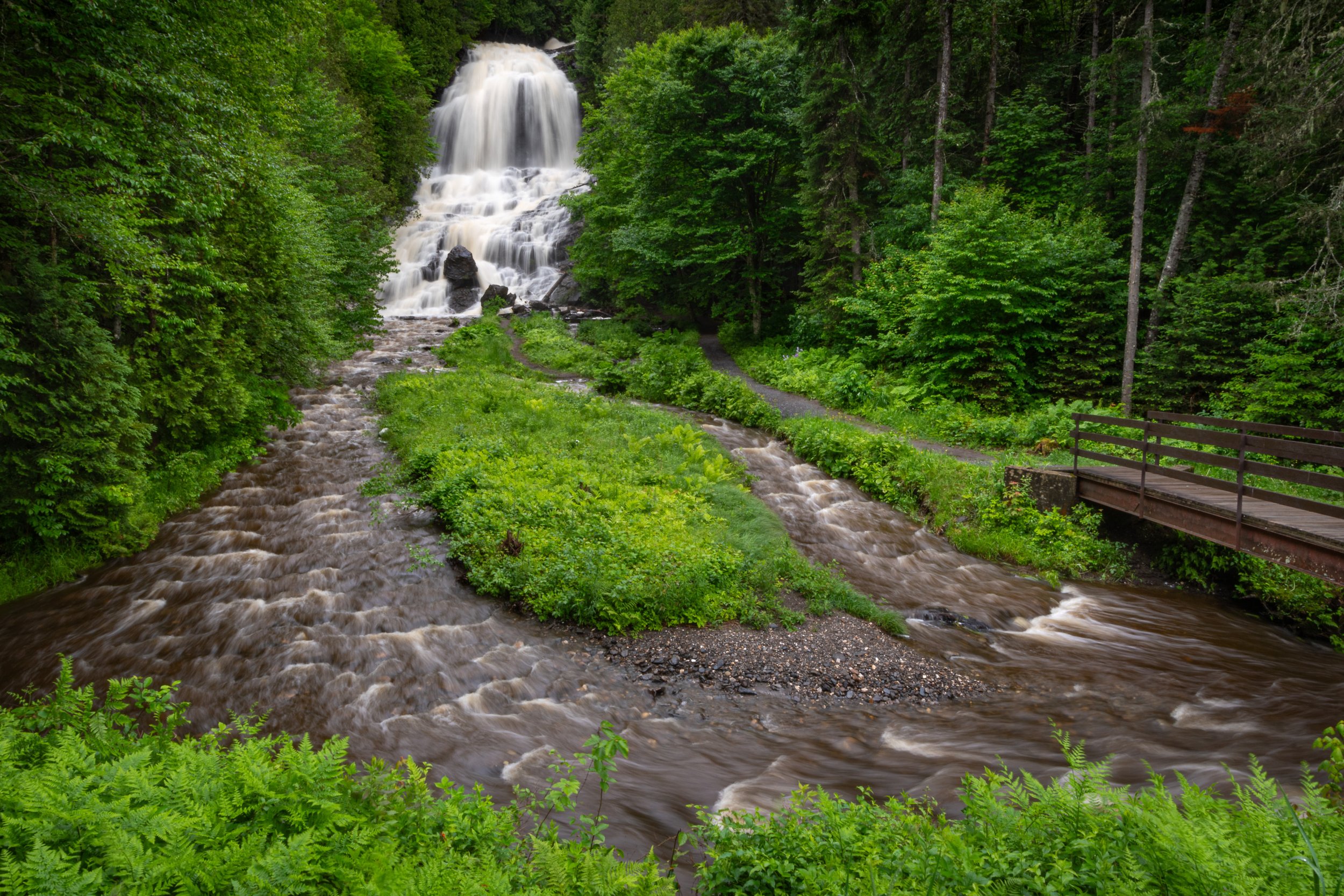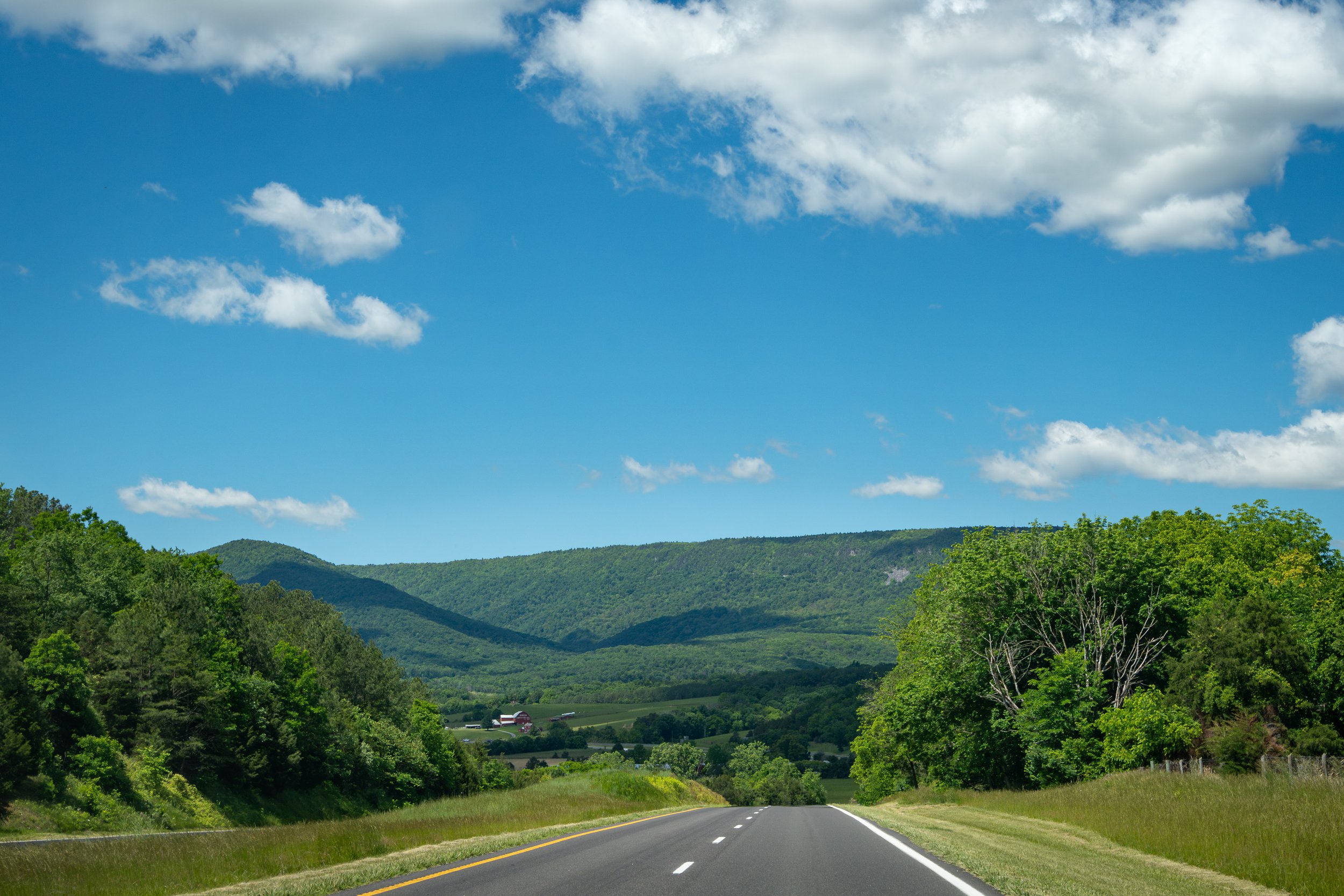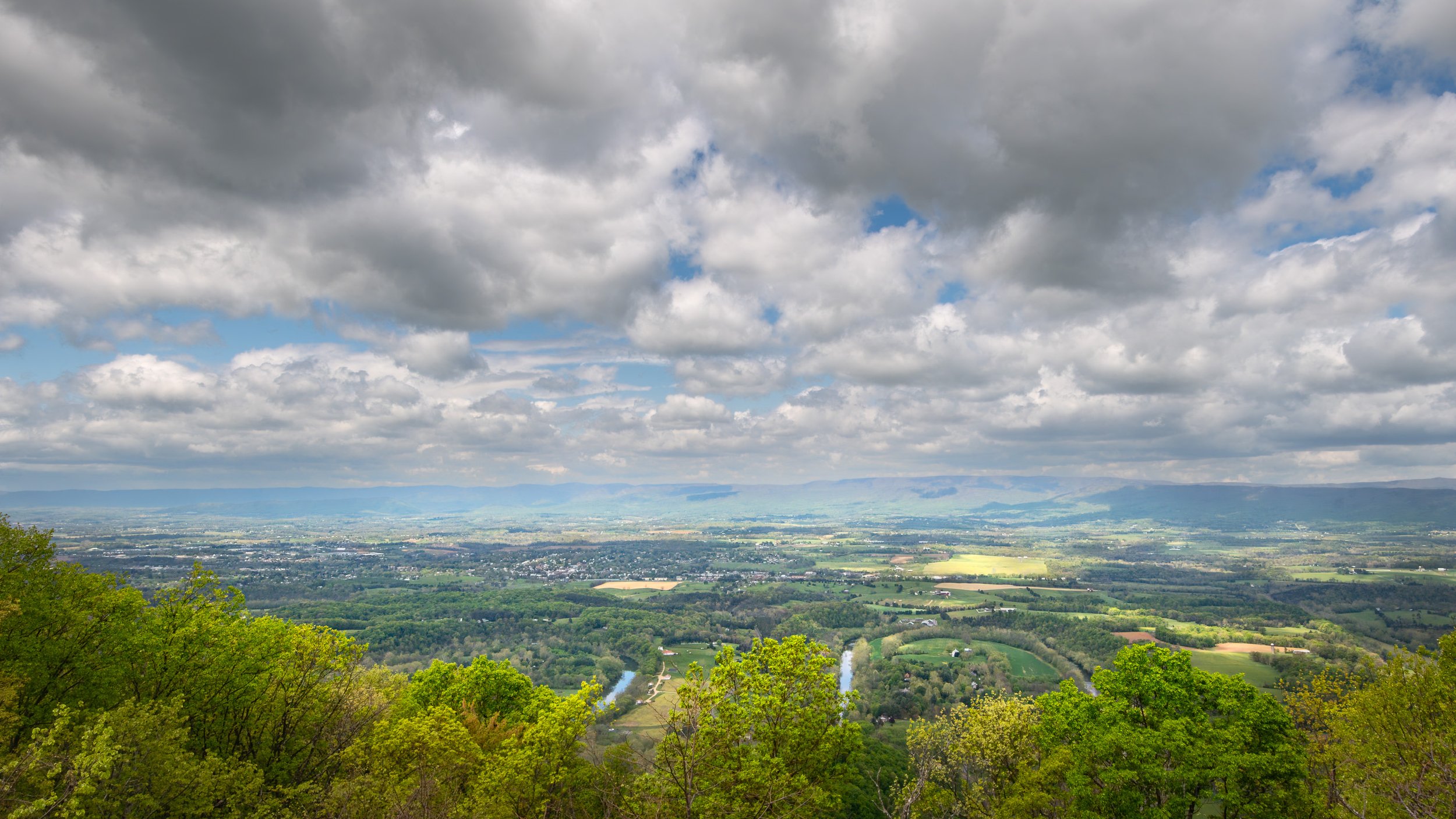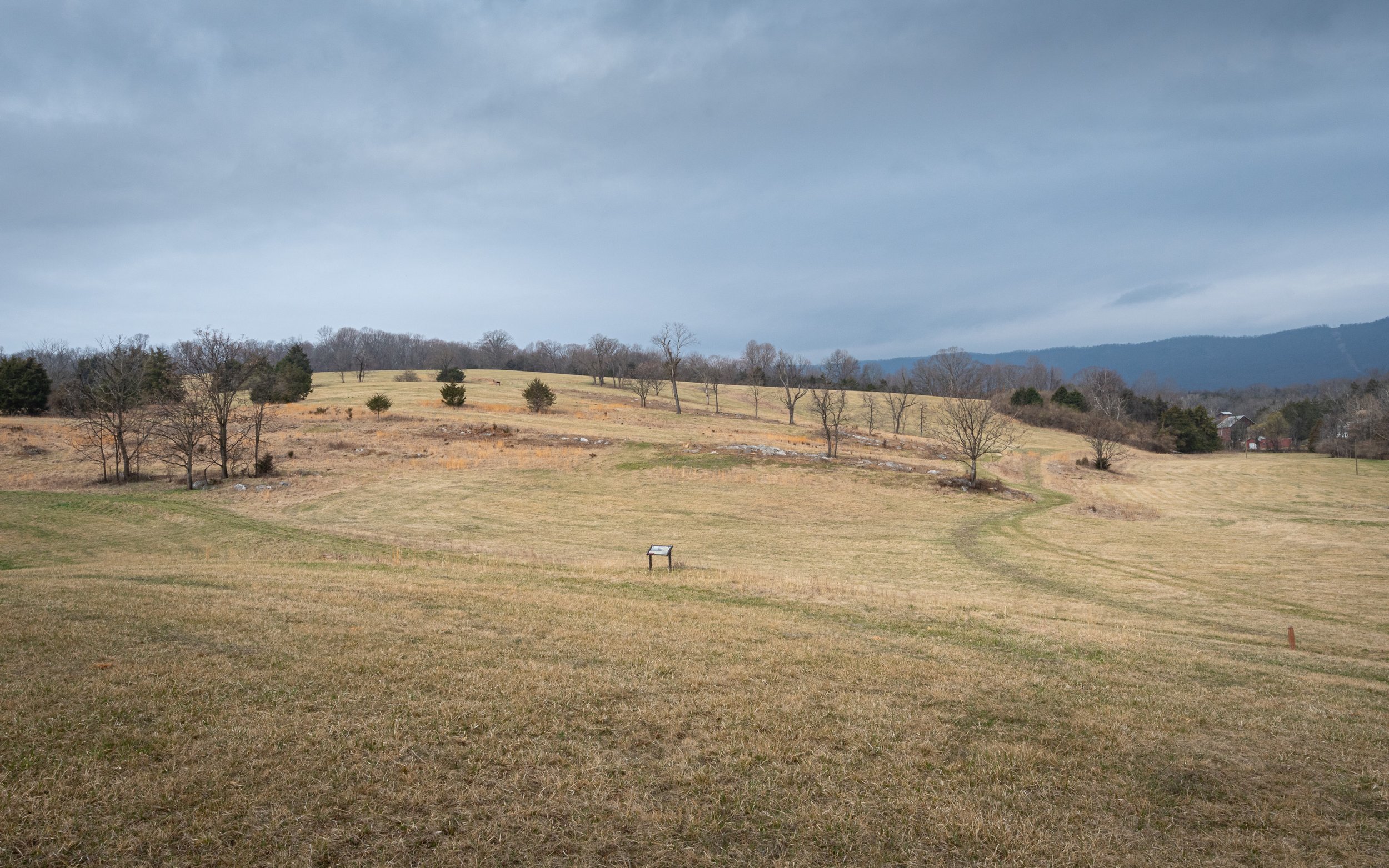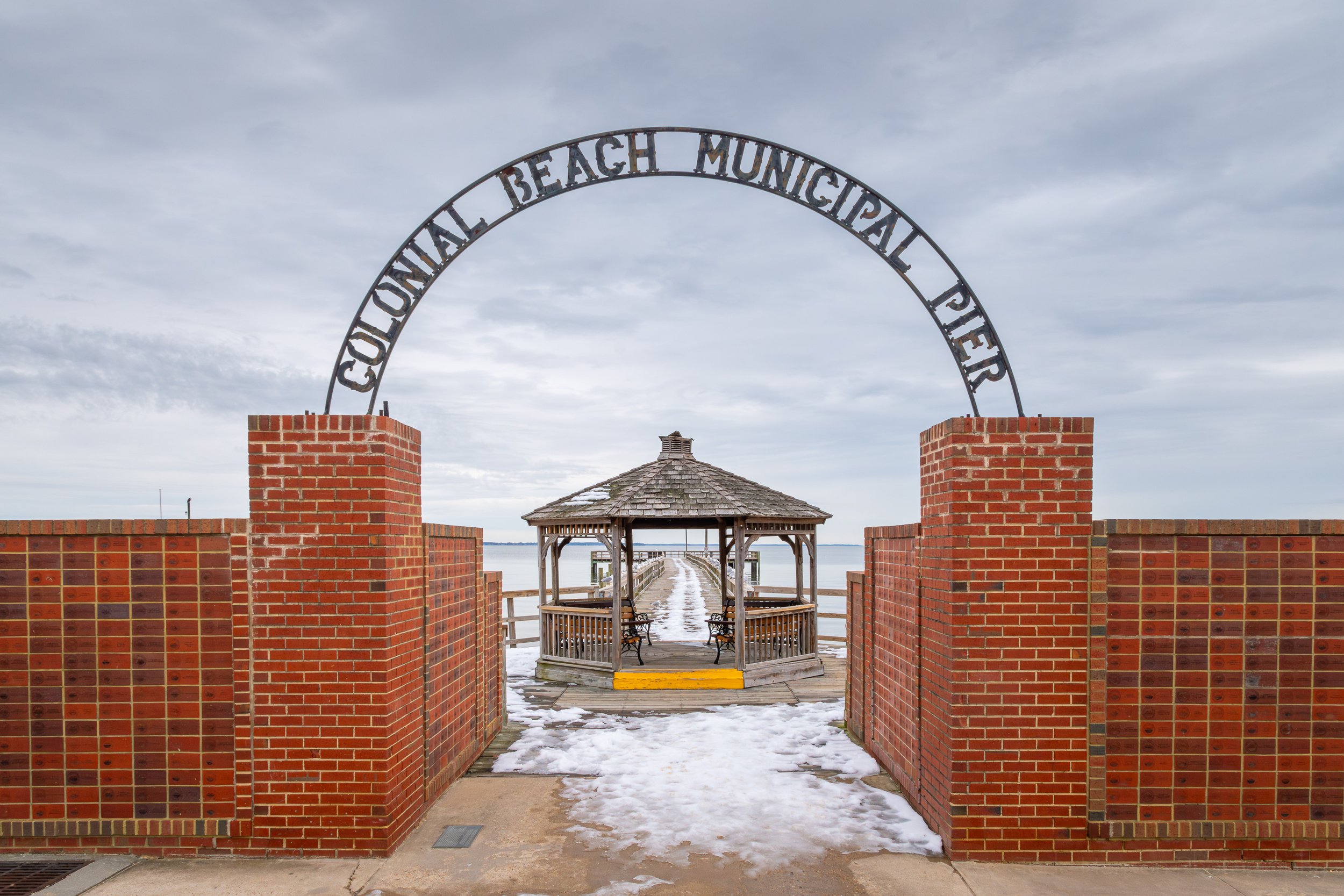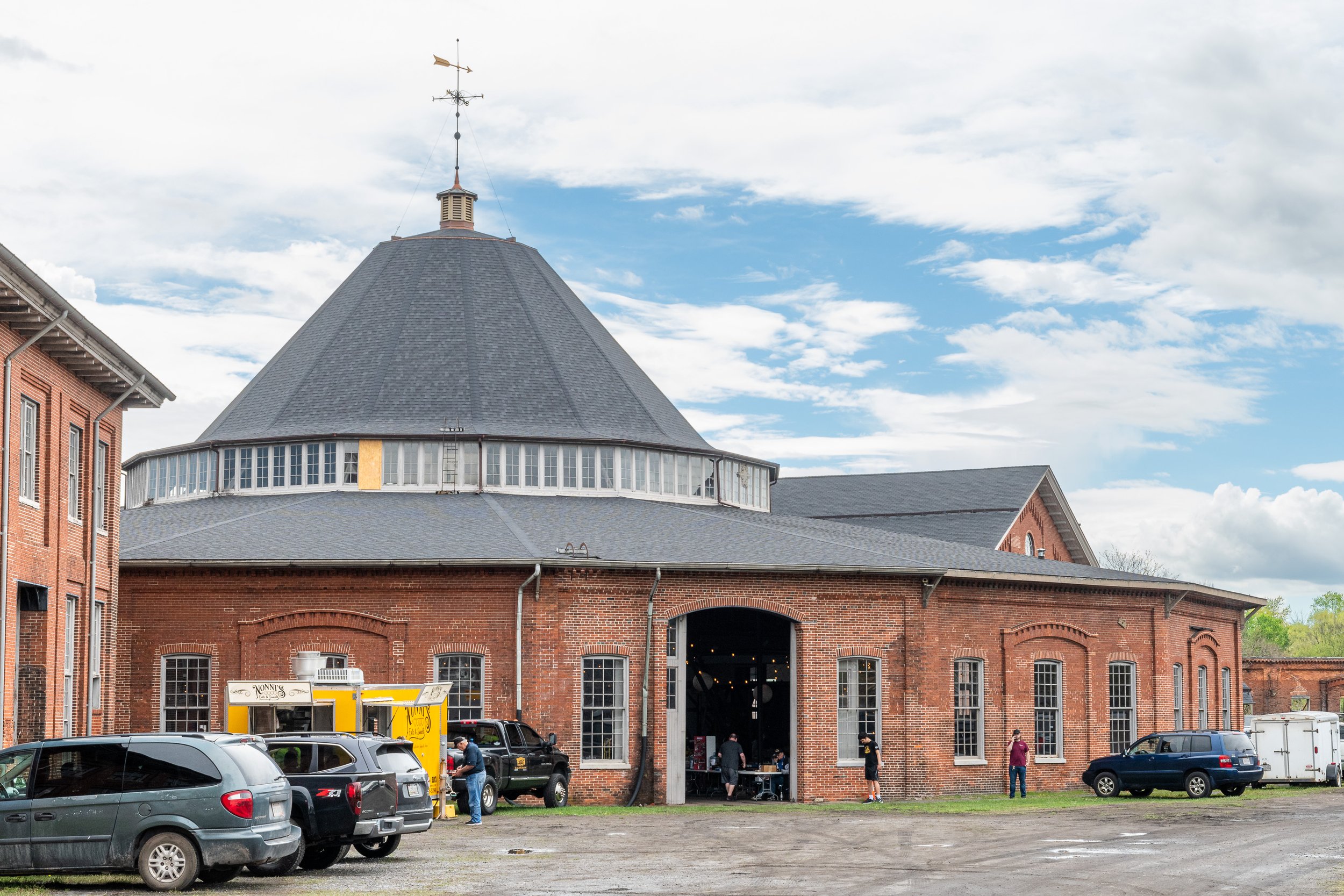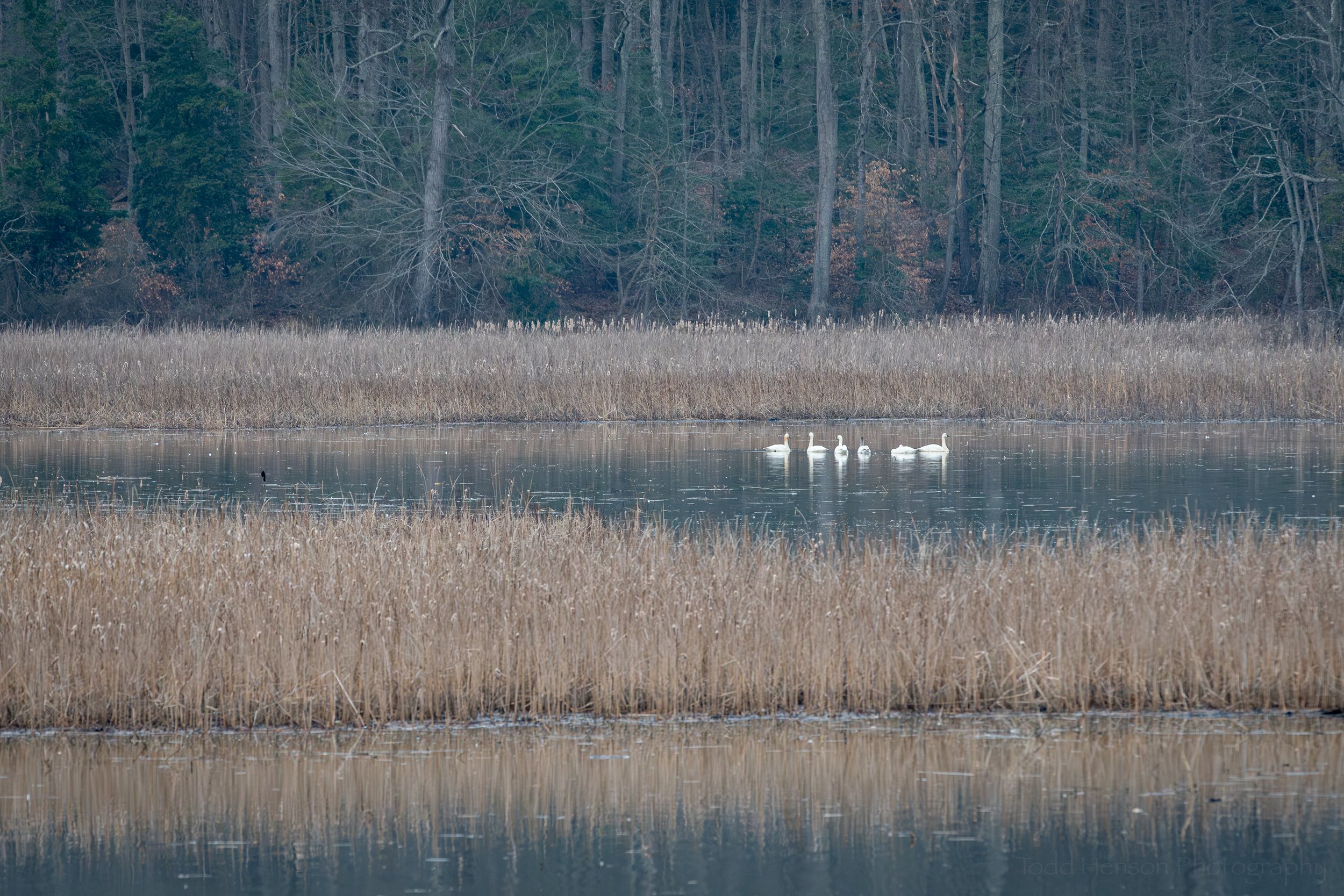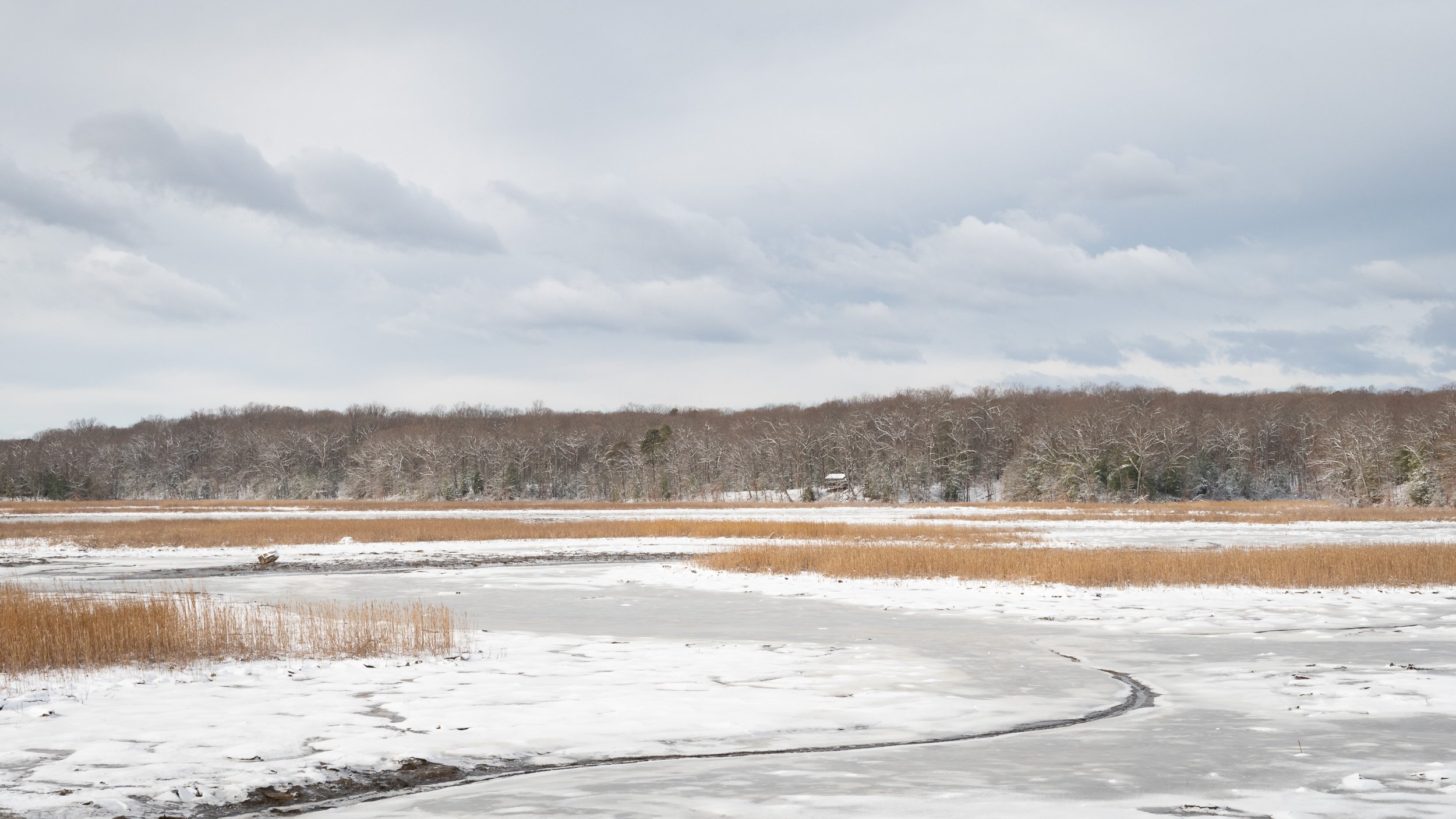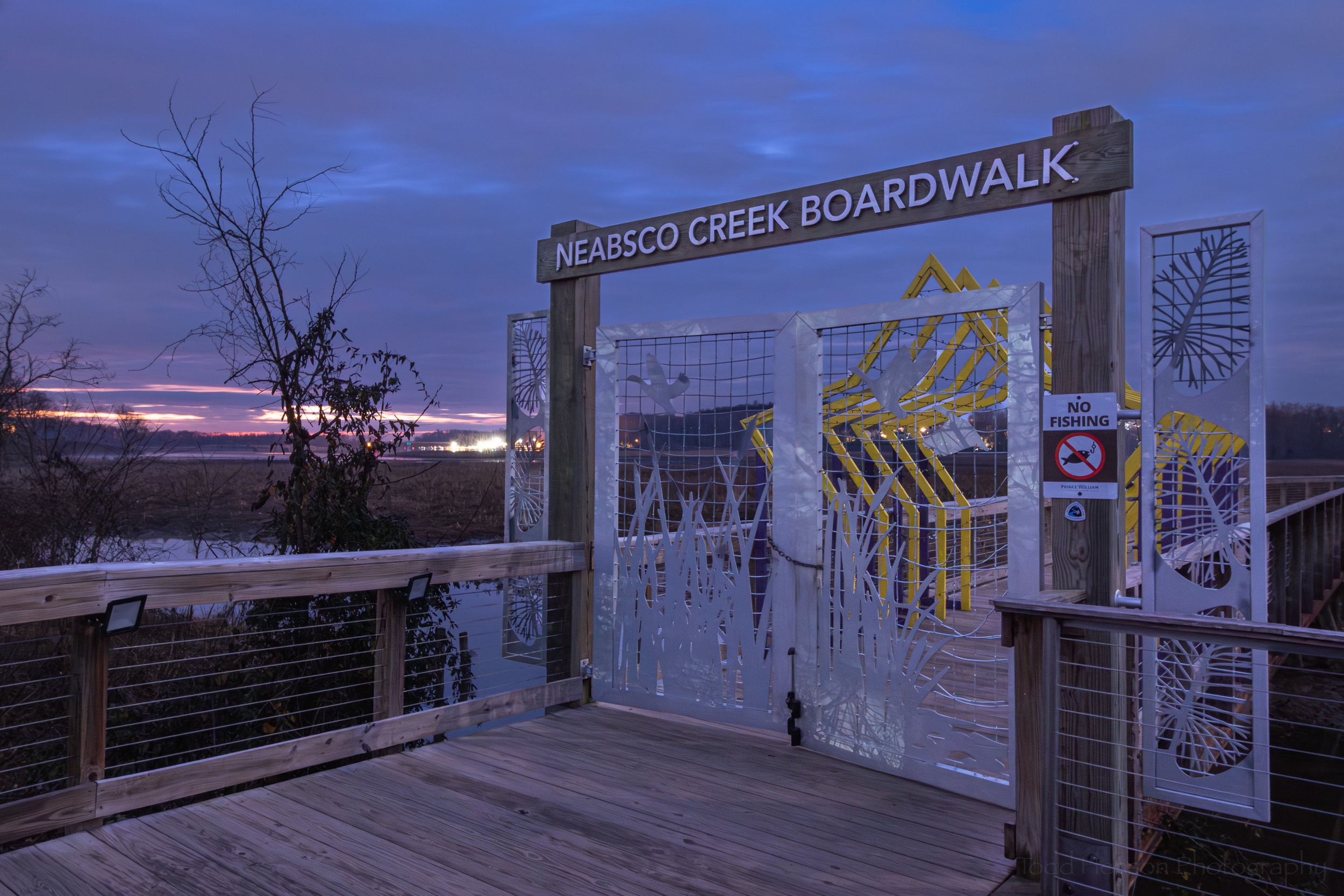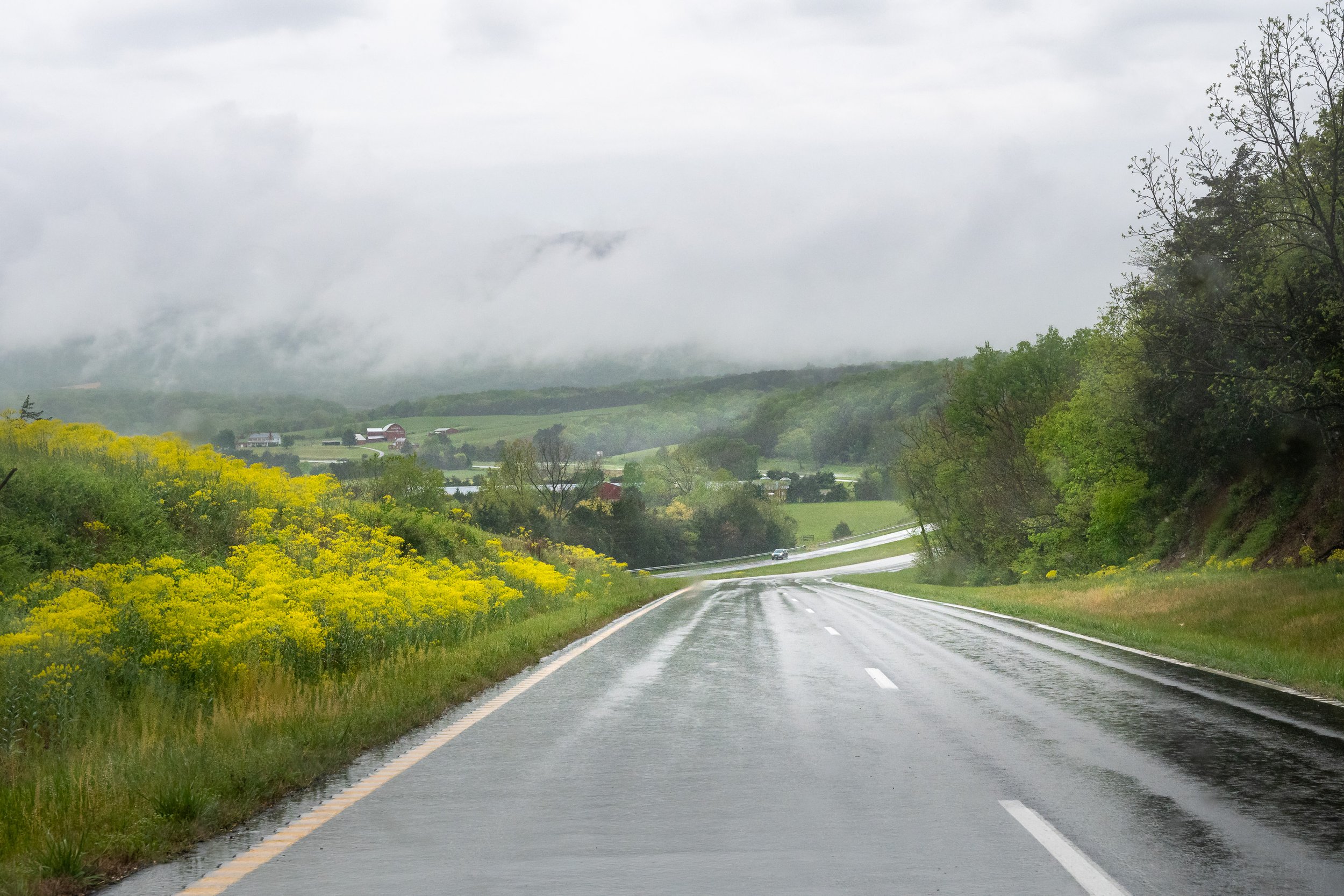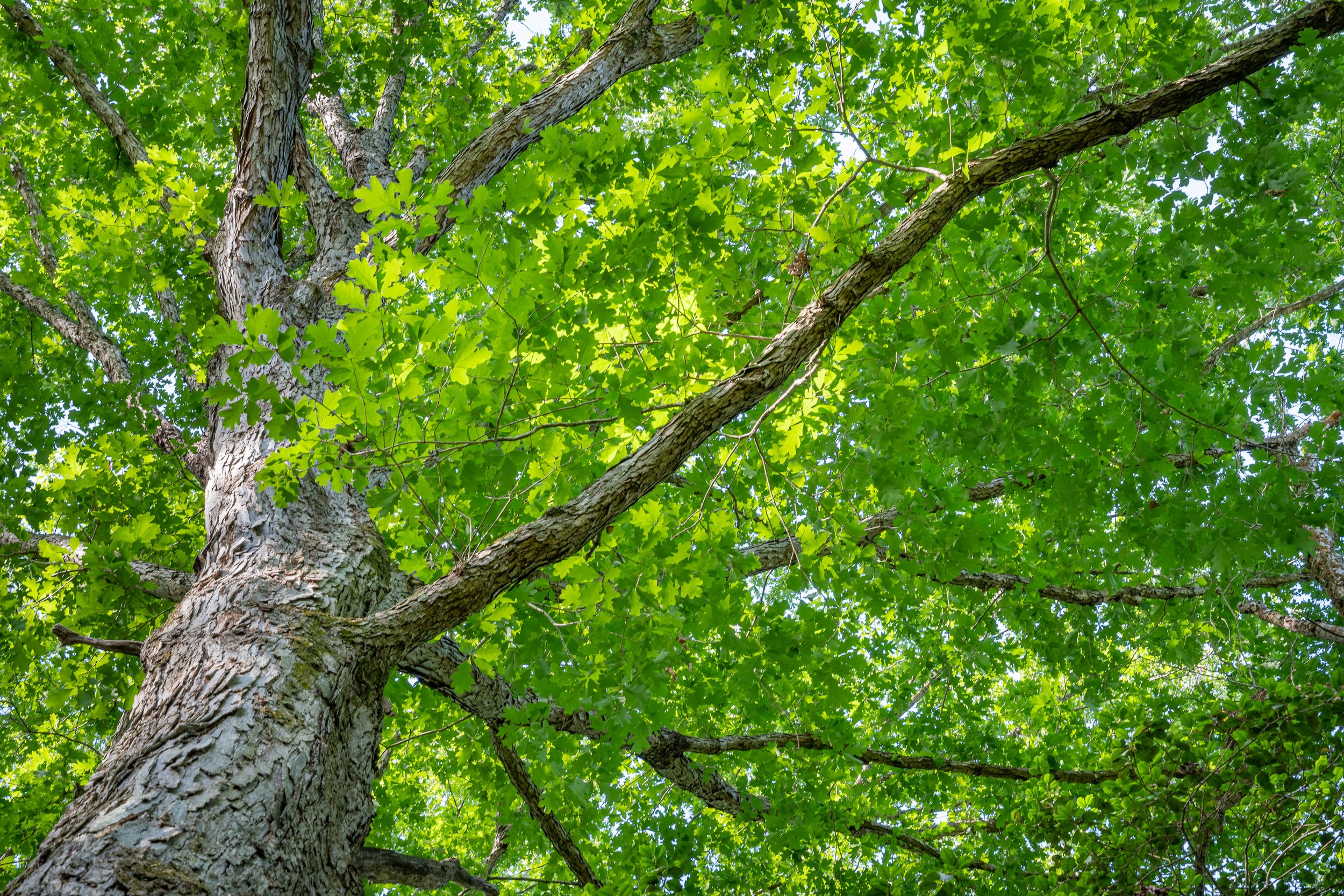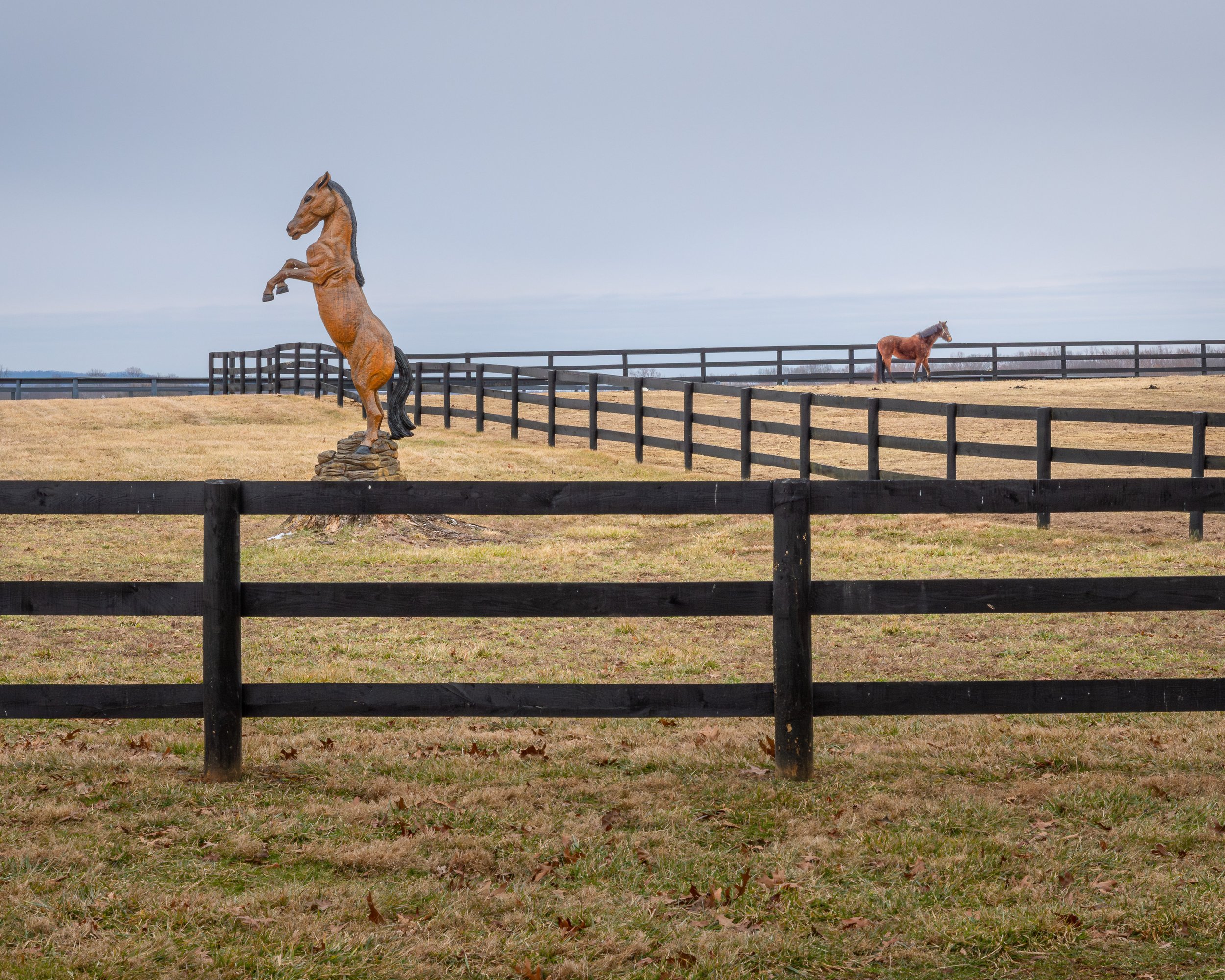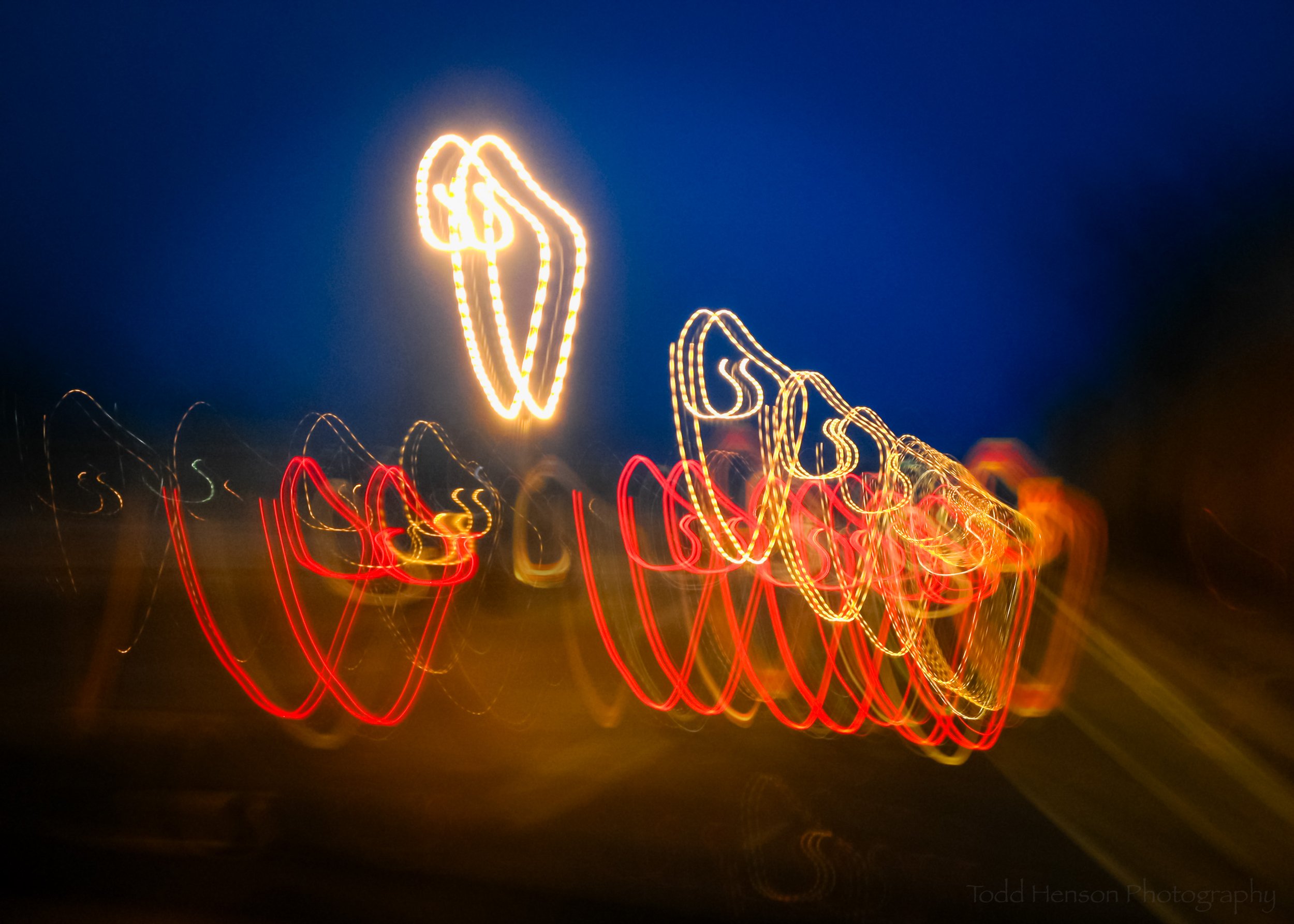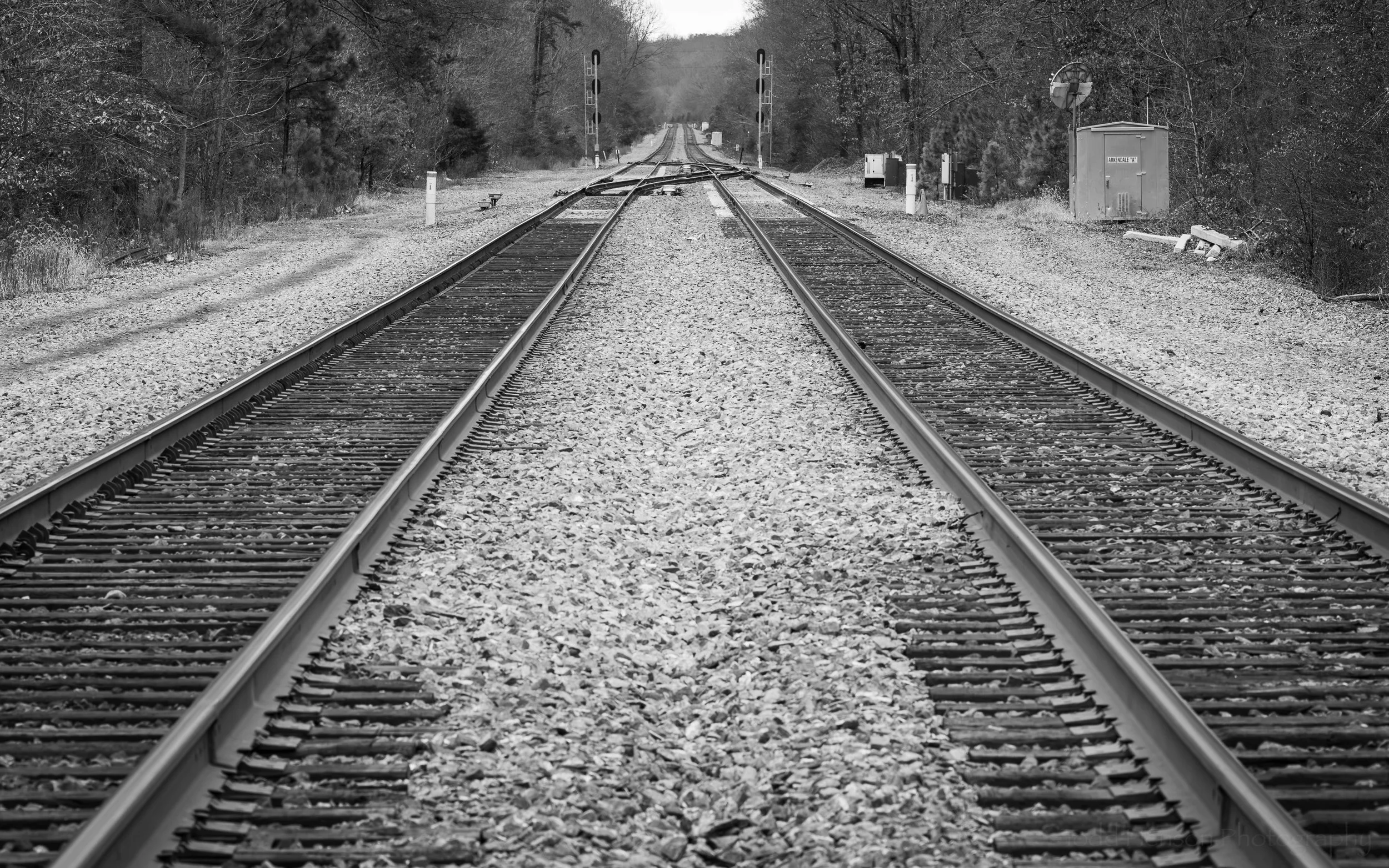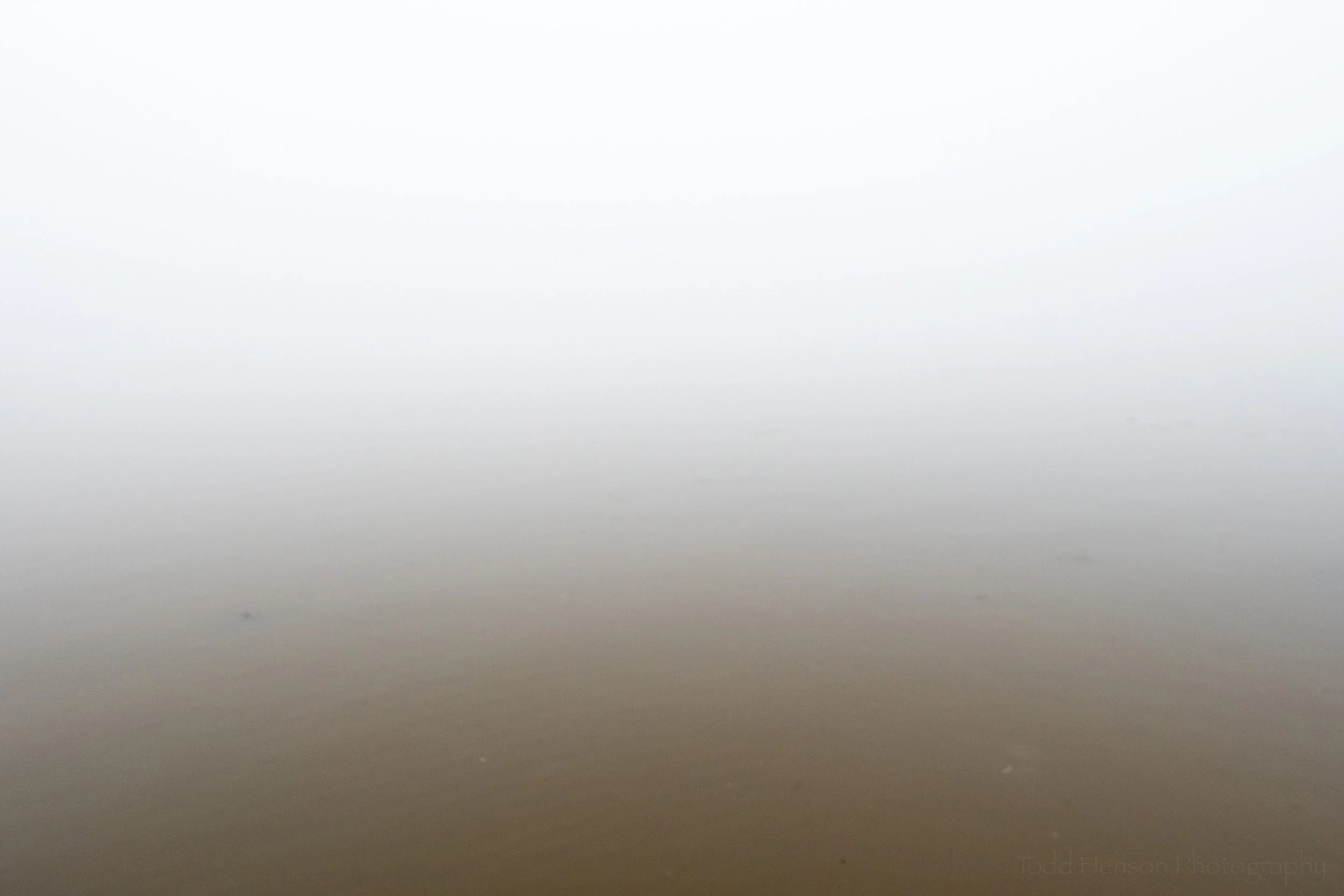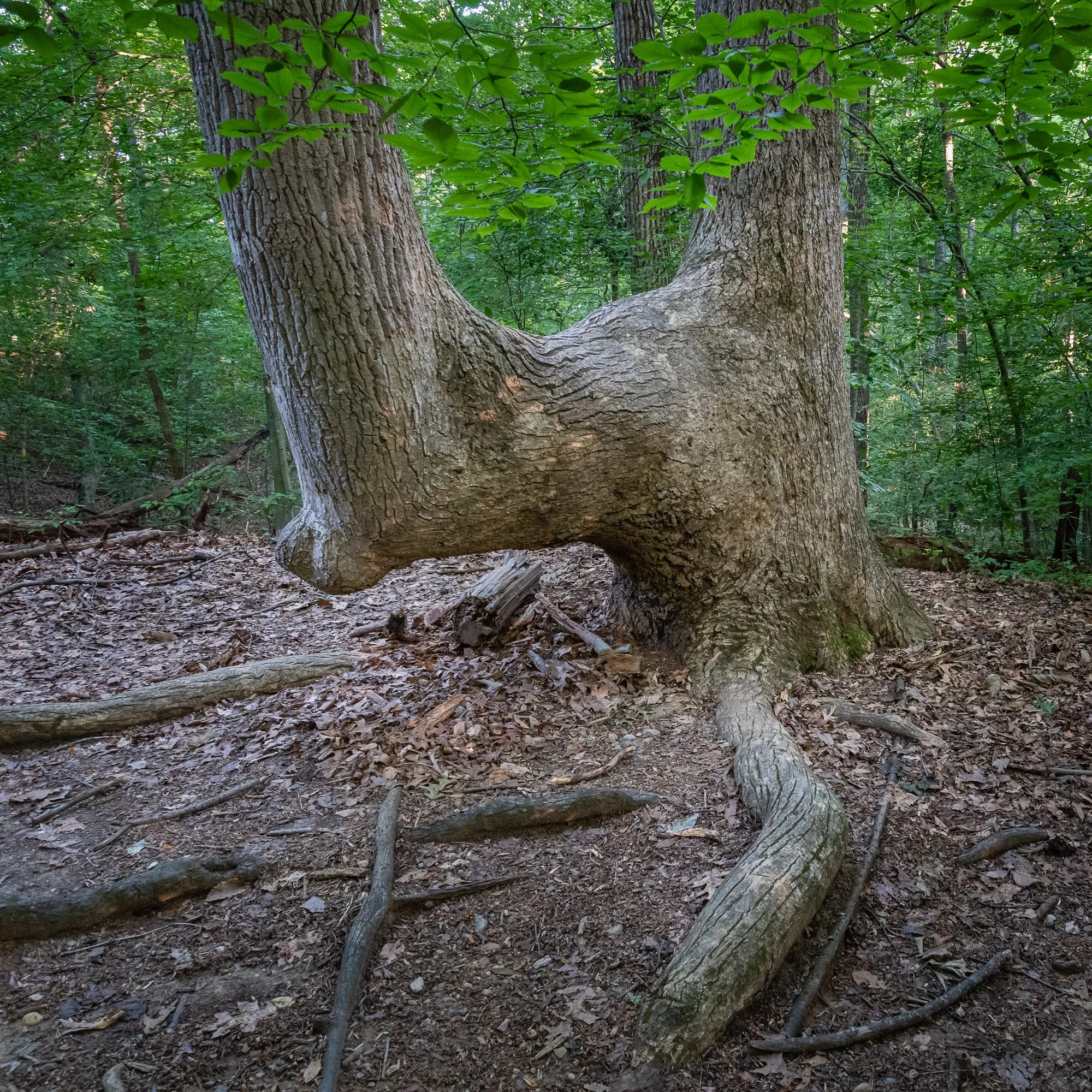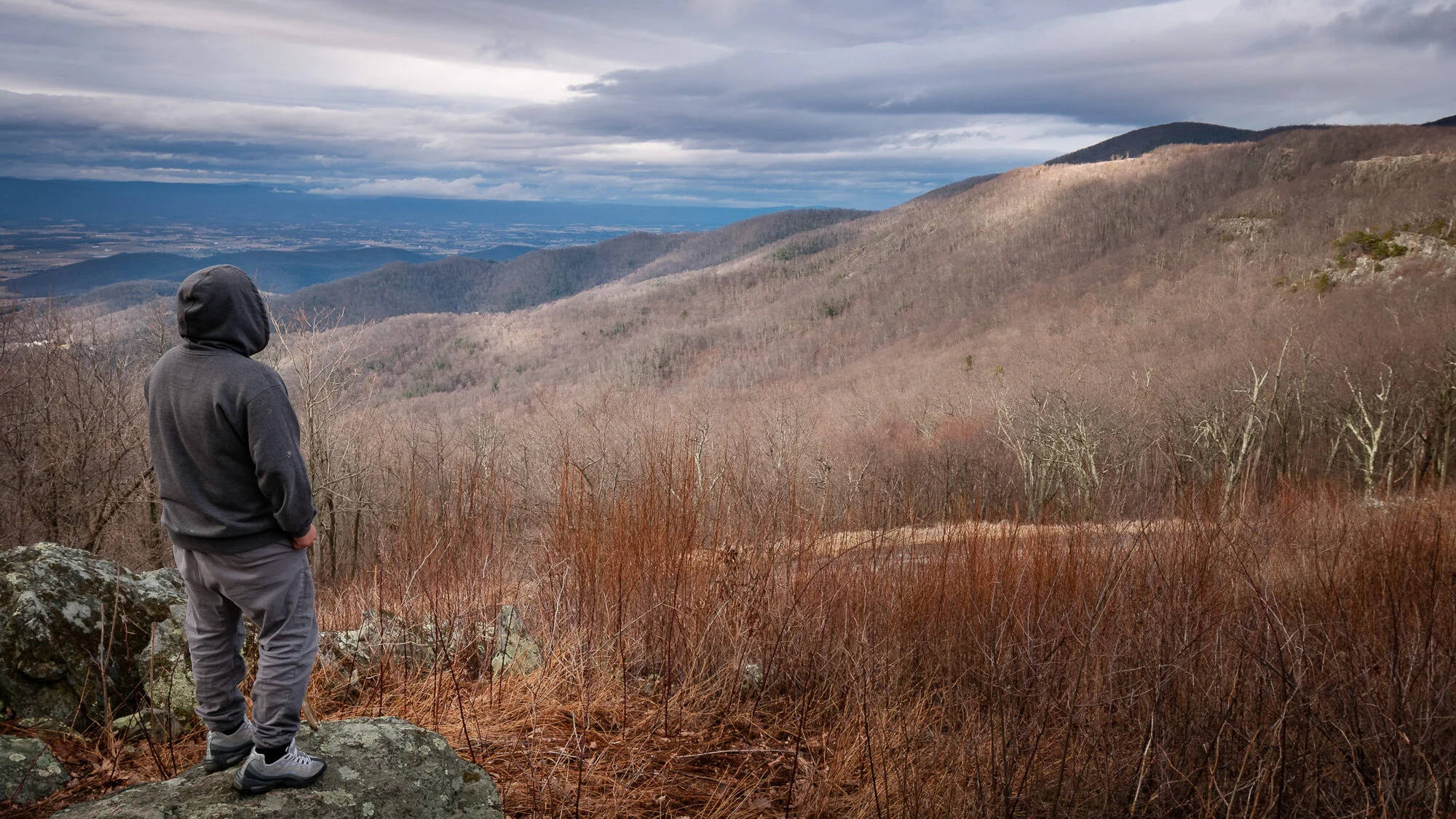In the latter half of January Northern Virginia received a small amount of snow that stuck around long enough my father and I were able to get out for a hike through the woods of Mason Neck. We hoped we might see some tundra swans in the snow as it’s the time of year they can be found in the area. But more importantly, it had been a while since we’d gone walking and the thought of walking in the snow was very appealing (though the gusty wind was not). We left the house later than we usually would because I was worried about possibly icy roads, so we arrived in the parking lot around 9:23 am.
Forest
The first photo shows the information shelter near the parking lot. It gives an idea of the amount of snow, perhaps a couple inches, and that plenty of others had already walked this trail.
The information shelter at the beginning of the Great Marsh trail at Mason Neck National Wildlife Refuge.
Along with the snow were some very gusty winds that kept blowing long after the snow stopped falling. We found many trees with snow blown right up their sides, some even further than the example here.
Snow blown up the side of a tree.
I don’t photograph in snow very often so I did struggle a bit trying to find pleasing views. I enjoyed this one perhaps because of the fallen tree and the patterns of light and shadow on the snow.
A simple woodland snow scene with light and shadow.
Observation Platform
Just before 10 am we arrived at the observation platform that overlooks the Great Marsh. You can see the frozen marsh, and if you look very close you might just see the observation platform on the opposite shore in the center of the photo.
Approaching the Great Marsh observation platform.
Here’s a closer view of the platform. On the right is a telescopic viewer to let folks without their own gear get a closer view of things in the distance. To the left of the Great Marsh is the Potomac River, and the marsh continues to the right, getting smaller as it winds into the woods.
The Great Marsh observation platform in the snow.
Great Marsh
Here is a view of the Great Marsh, looking out from the observation platform towards the distant shore. That rectangular chunk of snow near the middle of the far shore is the other observation platform. And you can see the channel where the water flows. It appears this was low tide as the water level is extremely low, which might help explain why we didn’t see any swans in the area: no water for them to swim in! 😁
The Great Marsh at Mason Neck covered in snow.
This is a view to the right from the observation platform showing how the water channel winds its way around.
Waterways of Great Marsh in snow.
I zoomed in to show the creek and how the ice was hanging over it, the water having receded.
Ice and the waterway.
And here I zoomed in on the distant observation platform. That’s where we first viewed tundra swans last year. We chose to visit this platform this trip because of the snow. I was concerned the slightly more hilly trail on the other side might be slick and icy.
The distant observation platform of Great Marsh.
Here’s another view of the distant shore, this time a little to the right of the distant observation platform. I liked the light brown tones of the grass and reeds with the snow covered trees in the distance. Bonus for those of you who can spot the adult bald eagle perched in the branches of a tree a little bit right of center.
The far shore of Great Marsh in the snow with light brown grass and reeds.
Wildlife
Though we didn’t see the tundra swans up close we did get to see a little wildlife, though all at a distance. Some of the photos below are of very poor quality both because I may not have brought them into sharp focus and because I massively cropped the images so you could see the birds and not just blobs in the distance.
This is a well-known area for seeing bald eagles and we were fortunate to see both adult and juvenile eagles flying by. I only captured an image of a juvenile in flight but I did watch an adult as it landed beside its mate and captured an image of the two. The one on the left is facing away from us and the other is facing this way.
Two views of bald eagles at Great Marsh, one of an adult pair in a tree, and another of a juvenile in flight.
At one point we watched another large bird in the distance flying just above the ground surveying below. I couldn’t identify it in the field but after looking through the photos and comparing its behavior to descriptions in field guides I’m reasonably confident it was a northern harrier. I wish it had flown much closer as it’s a beautiful bird.
Four very distant views of what I believe to be a northern harrier.
Another distant visitor to the Great Marsh was a red fox. I first watched it move from the left to the right where it disappeared. At that time I had on my wide angle lens so there was no way to photograph it. Later, after I’d switched to my longest lens, it moved back from the right to the left, and though it was moving just beyond the brown grass/reeds I did manage to capture a view of it looking back over it’s shoulder to the right. Also notice how close it was to the observation platform on the distant shore. I really wish we could have seen the fox from that vantage point.
A red fox at a distance in the snow at Great Marsh on Mason Neck.
Parting Views
The wind was starting to whip around and our faces were getting cold standing still on the platform, so just before 11 am we decided to head back to the car. But before we did I captured a couple parting views. The first shows blue sky just beginning to appear.
A parting view shows blue sky just beginning to appear over the snow covered Great Marsh at Mason Neck.
The final view is facing the Potomac River, and in the distance towards the right you may notice a bunch of white bumps in the water. I wonder if perhaps those were some of the tundra swans we’d hoped to see?
Could those be the tundra swans in the distance?
Kaeru in the snow at Mason Neck. 😁
Do you enjoy these posts?
Sign up to receive periodic emails with updates and thoughts. Don’t worry, I won’t spam you. And please consider purchasing artwork or products from my online store, and using my affiliate links in the sidebar to the right when shopping online.
I appreciate your support!


